How this assessment was conducted
Find out how the Mastering Facebook Ads study was conducted, the qualifying criteria for advertisers, and how scores for participating advertisers were calculated.
It’s easy to feel lost or confused when trying to create Facebook ads from scratch, as there seemingly are so many variables that need to be taken into account when setting up your campaigns. Arguably, the most important variable you need to consider is creative. That’s because Facebook is a predominately visual medium, where you compete for attention – not just with other advertisers, but also friends, family, and organic content publishers.
We wanted to isolate the key themes of a successful Facebook ad, with the understanding that different verticals are likely to value slightly different things. To this end, we analysed creative trends within retail, finance, and travel, separately, as we wanted to understand what best practice looks likes across each vertical.
We chose to focus on high-growth start-ups, as the they are more likely that larger businesses to use Facebook as a primary driver of customer acquisition. There’s also natural assumption that best-in-class advertisers tend to be smaller, more agile companies, that value creativity and innovation in there approach.
Brands were chosen based on revenue growth, platform spend, and ad data taken from a variety of sources, including Crunchbase, Facebook Ad Library, SimilarWeb, and other 3rd party data platforms. The period analysed was 1st January 2019 to 31st December 2019. To qualify for inclusion, advertisers needed to:
- Be predominantly B2C focused.
- Meet the revenue growth threshold, covering a one year period for startups less than three years old, and a three year period for start-ups or scale-ups older than three years.
- Meet a pre-defined threshold for posting ads on Facebook.
- Be based in the target geographies within North America, UK & Ireland, Europe, MENA, and APAC.
Some well-known brands were excluded from the assessment because they didn’t meet the criteria for inclusion. Examples include:
- Start-ups or scale-ups who did not meet the minimum revenue growth threshold criteria.
- Companies that posted ads infrequently on Facebook.
- Advertisers that were contacted but did not respond, or failed to respond by deadline, were omitted from the quantitative study, but may have been included in the subsequent qualitative study.
- Companies based, or predominately focused on audiences outside of the target geographical areas.
There were two main areas of study. The first was a quantitative study where 197 fast-growth companies were contacted as part of a survey to understand three main areas:
If the advertiser considered Facebook Ads to be a primary driver of customer acquisition. This was further clarified by understanding if Facebook Ads was one of the top three sources for customer acquisition within the business.
If the advertiser was presently, or planned to outsource the creative design of their Facebook Ads activity to a 3rd party, namely an agency or freelancer not engaged as a full-time employee of the company.
If the advertiser had more than 25 ad creatives in rotation at the time of data collection.
The second part of the study was a qualitative analysis of best practices, utilising Facebook Ad Library as the source of ad creative.
A custom set of heuristics (or best practices) were developed for the evaluation of Facebook Ads activity within specific verticals: retail, travel and finance. Emergent themes were grouped together into a a final list of 12 across each vertical, which were designed to reflect key commonalities in relation to Facebook ad creative.or.
Best practice scores reflected the percentage of advertisers assessed that shared the attribute within their recent Facebook Ads activity, a period of no longer than 180 days.

